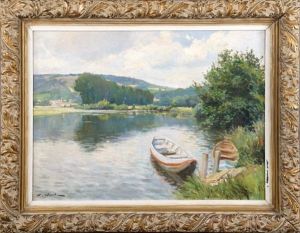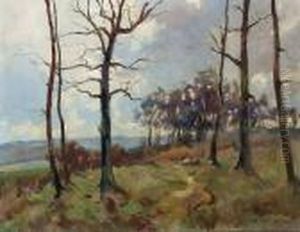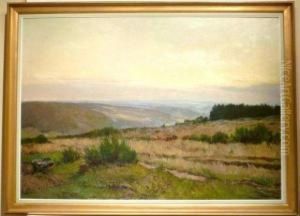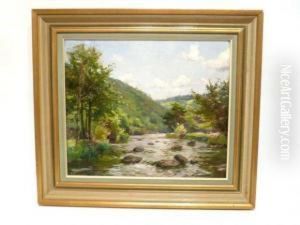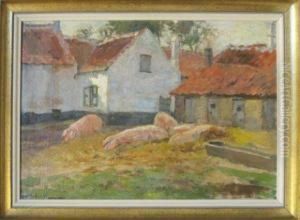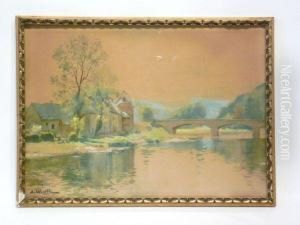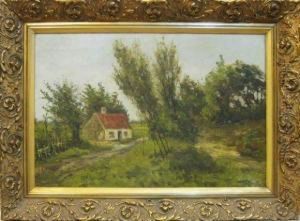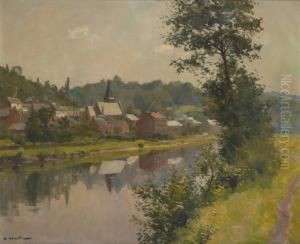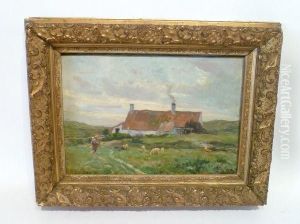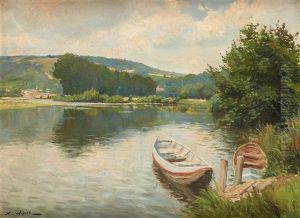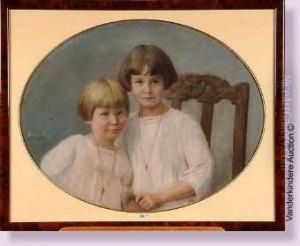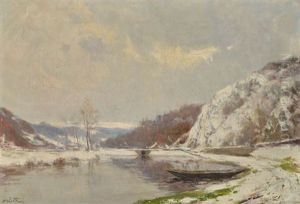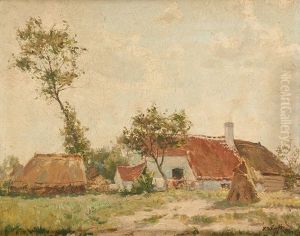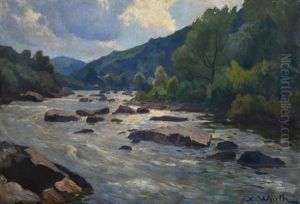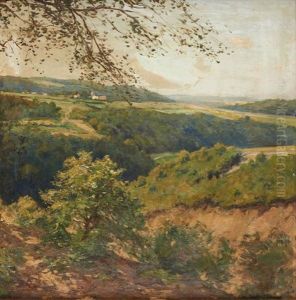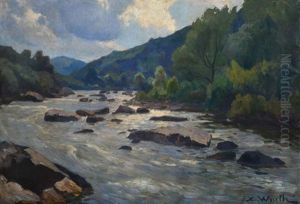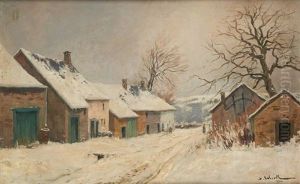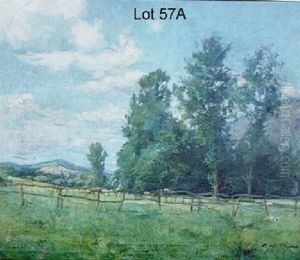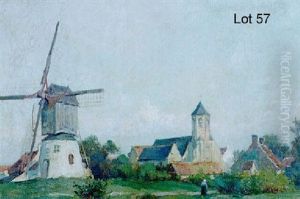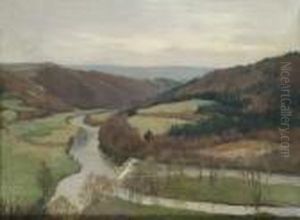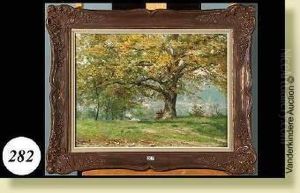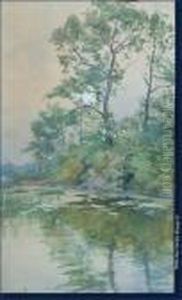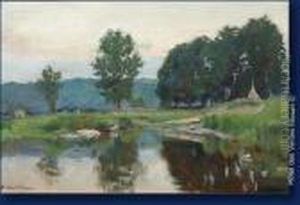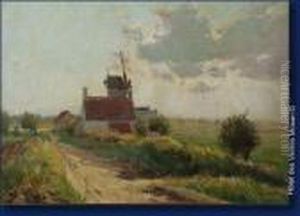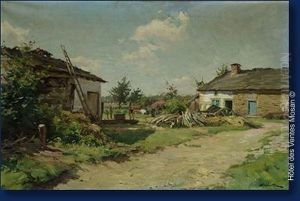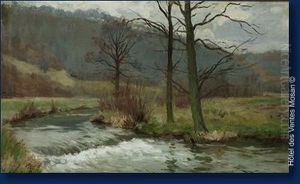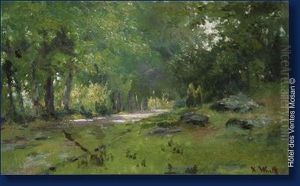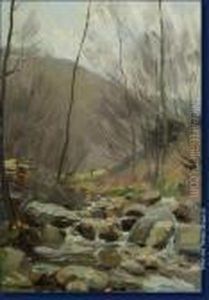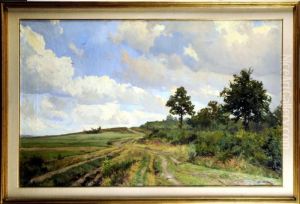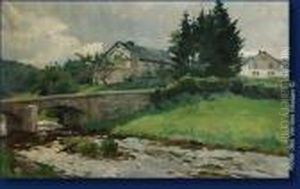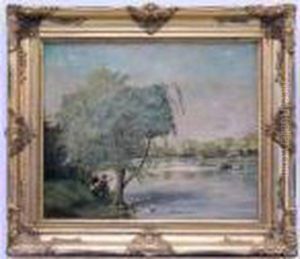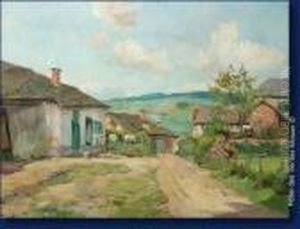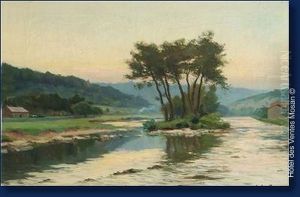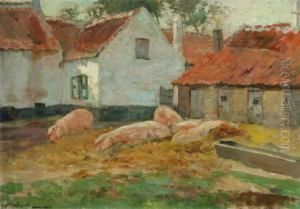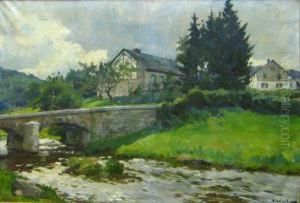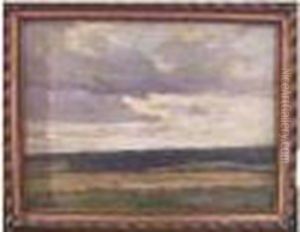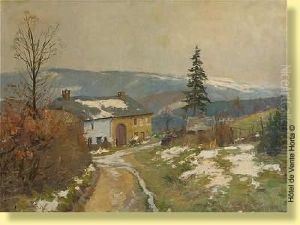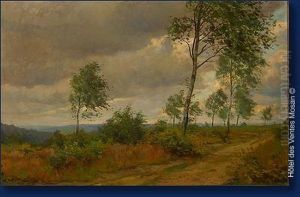Xavier Wurth Paintings
Xavier Wurth was a Luxembourgian artist known for his contributions to painting and graphic art in the late 19th and early 20th centuries. Born on September 11, 1869, in Luxembourg City, Luxembourg, Wurth developed an interest in art at an early age. His initial education and exposure to the arts occurred within his homeland, which at the time was a place of growing artistic activity and cultural development.
Wurth's artistic journey led him to further his studies abroad, which was a common practice for many European artists seeking to expand their horizons and skills. He traveled to Brussels, Belgium, to attend the Académie Royale des Beaux-Arts, an institution renowned for its rigorous training and influence on many young artists of the era. His time in Brussels was formative, as he immersed himself in the academic tradition, honing his technique and absorbing the rich artistic culture of the city.
After completing his studies, Wurth returned to Luxembourg, where he became an influential figure in the local art scene. His work often reflected the styles and movements that were prevalent across Europe at the time, including Realism and Impressionism. Wurth was particularly noted for his landscape paintings, which captured the unique topography and atmospheric conditions of the Luxembourg countryside. His ability to convey the mood and essence of a place through his use of color and light made his work resonate with both critics and the public.
In addition to landscapes, Wurth also created portraits and genre scenes, showcasing his versatility as an artist. He was involved in various art societies and exhibitions, contributing to the vibrancy of the artistic community in Luxembourg. Wurth's commitment to art extended beyond his own practice – he was dedicated to educating the next generation of artists and advocating for the importance of cultural endeavors in society.
Xavier Wurth's legacy is preserved in the collections of several Luxembourgian institutions, and his contributions to the country's art history are recognized and celebrated. His death on July 19, 1933, marked the end of a career that had a significant impact on Luxembourg's cultural landscape, leaving behind a body of work that continues to be admired for its beauty and expressive power.
